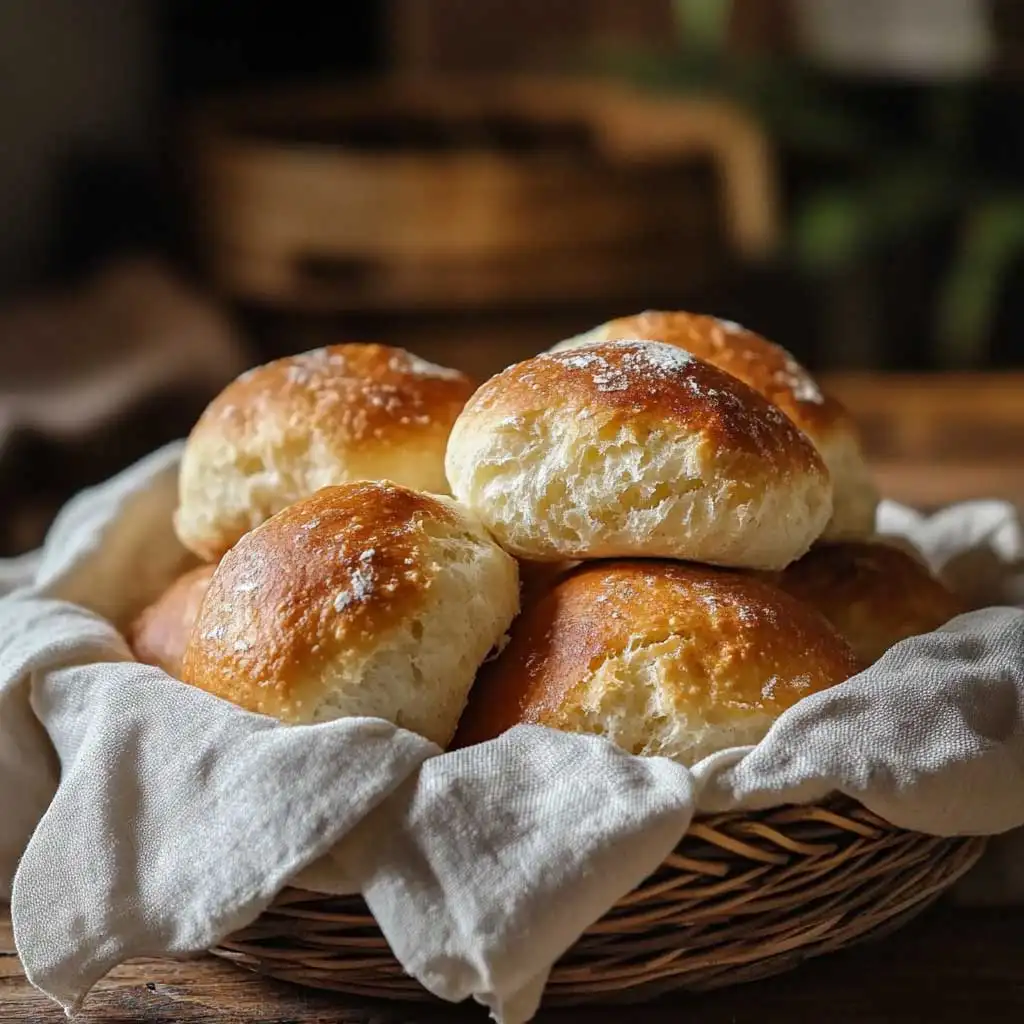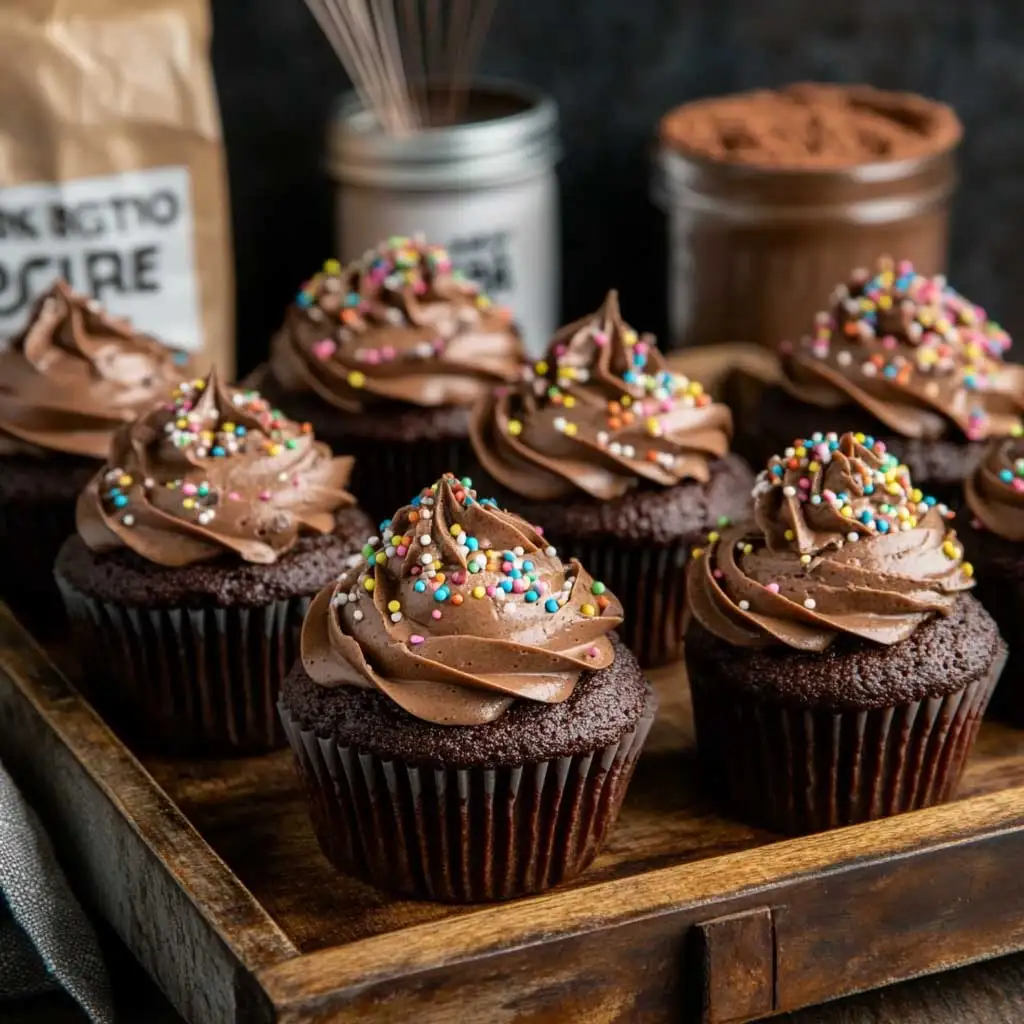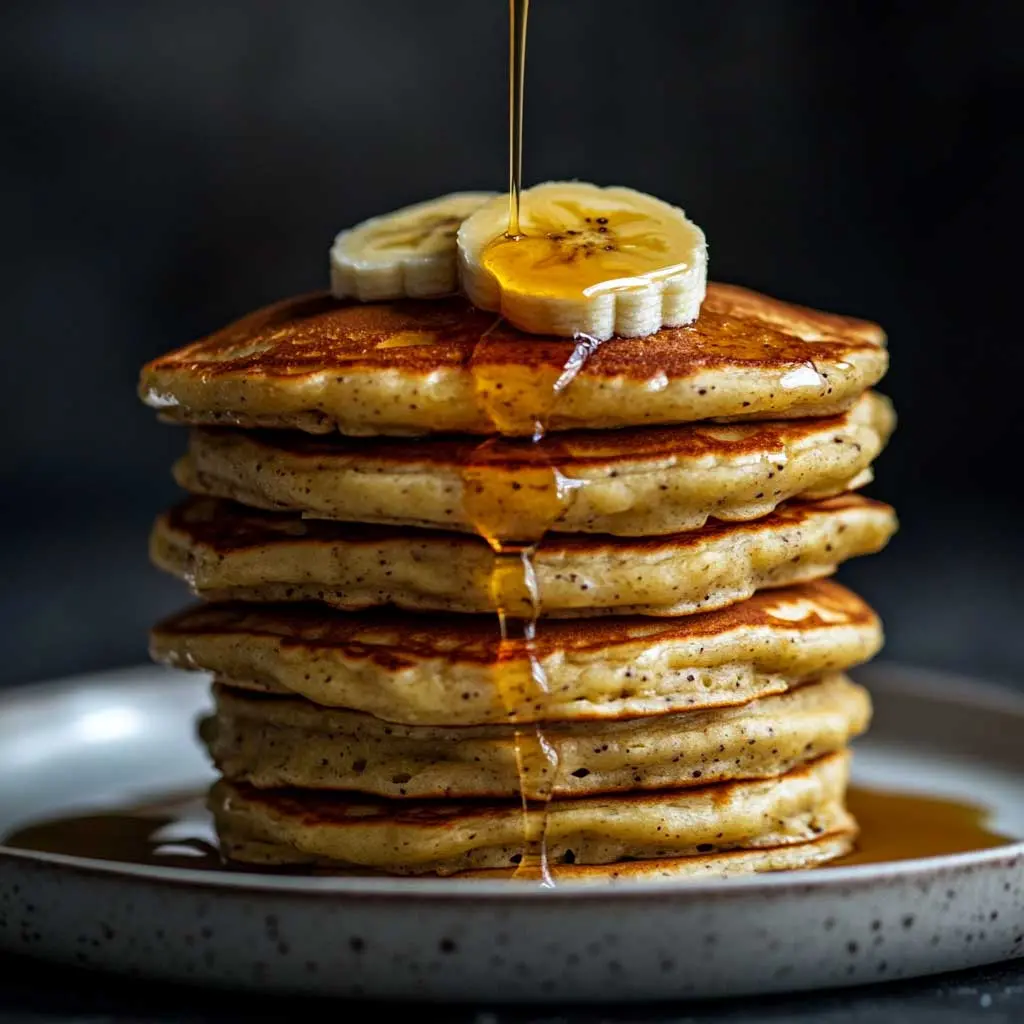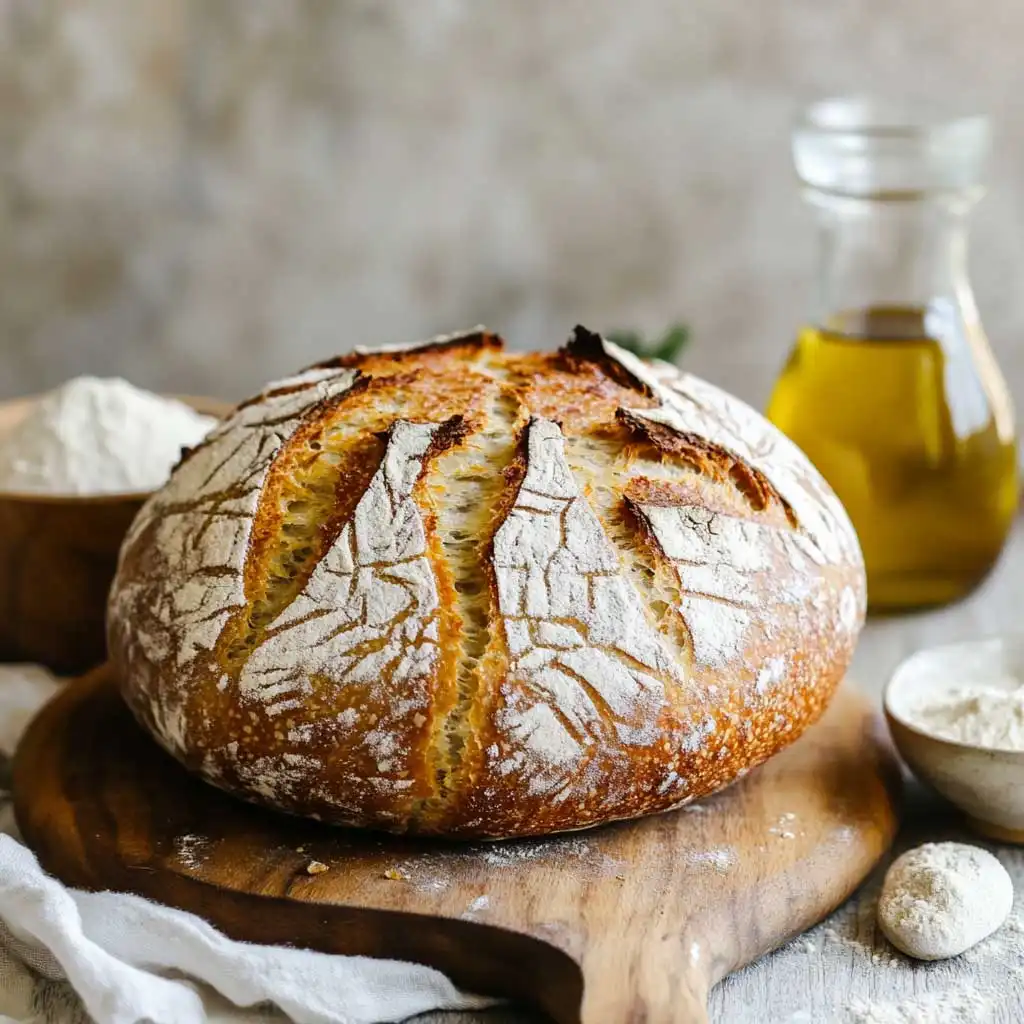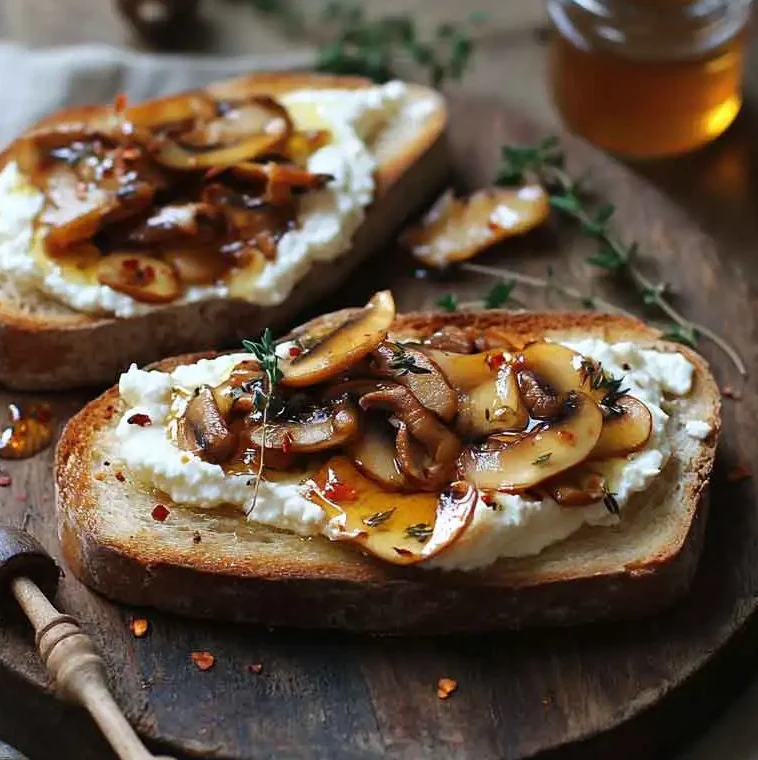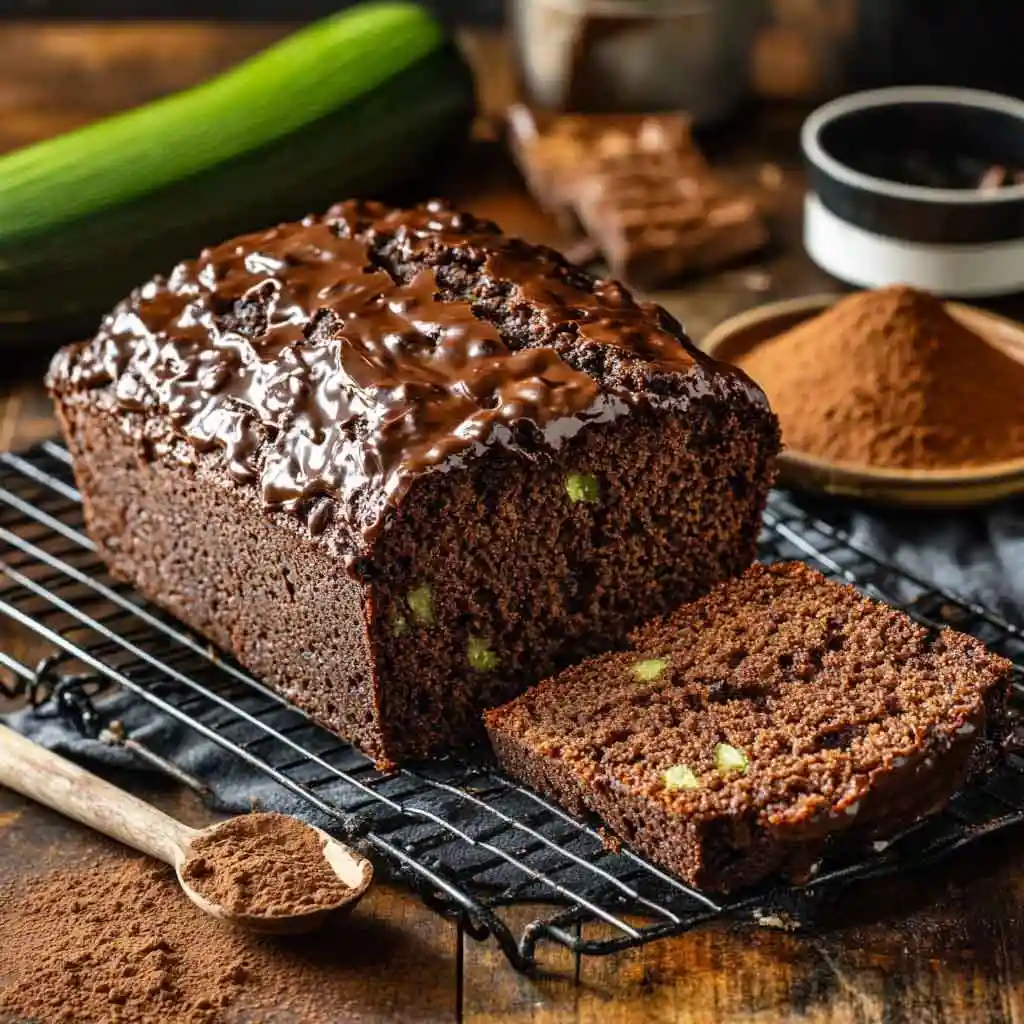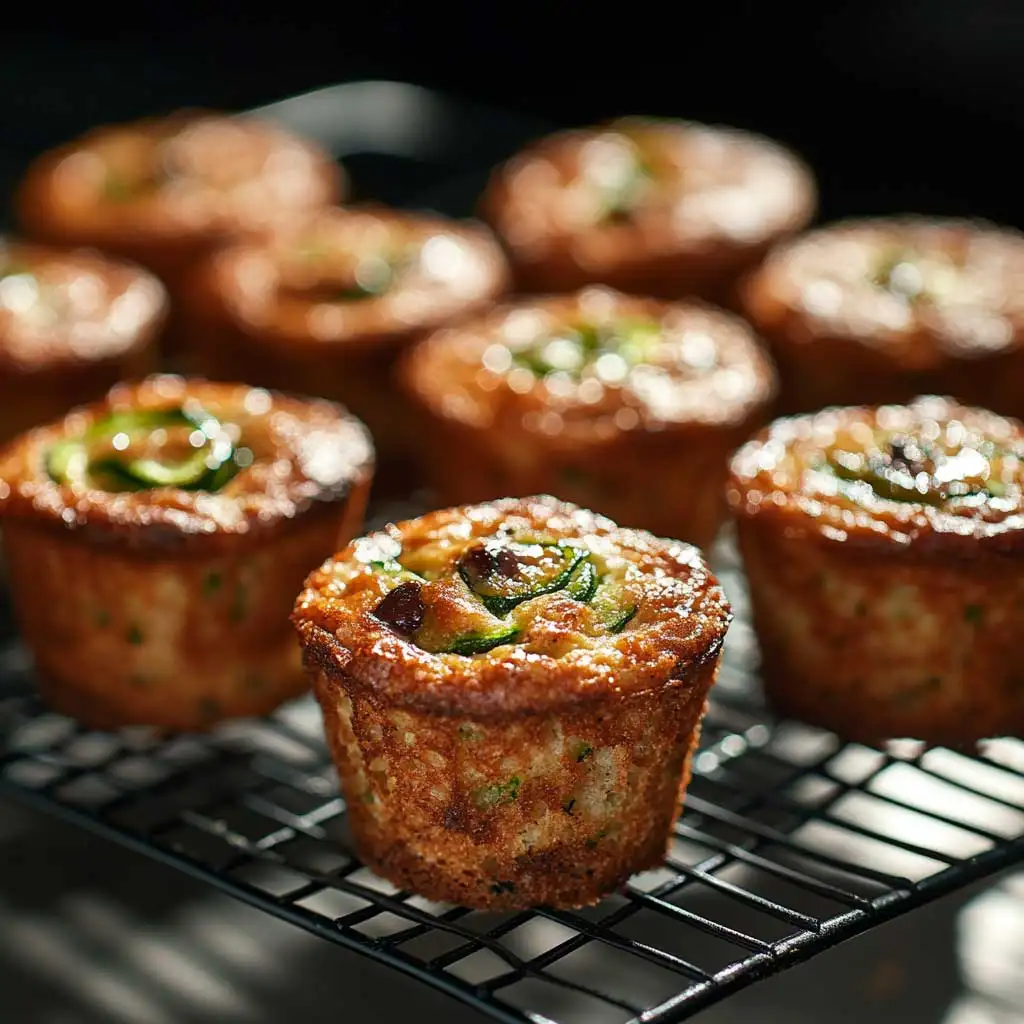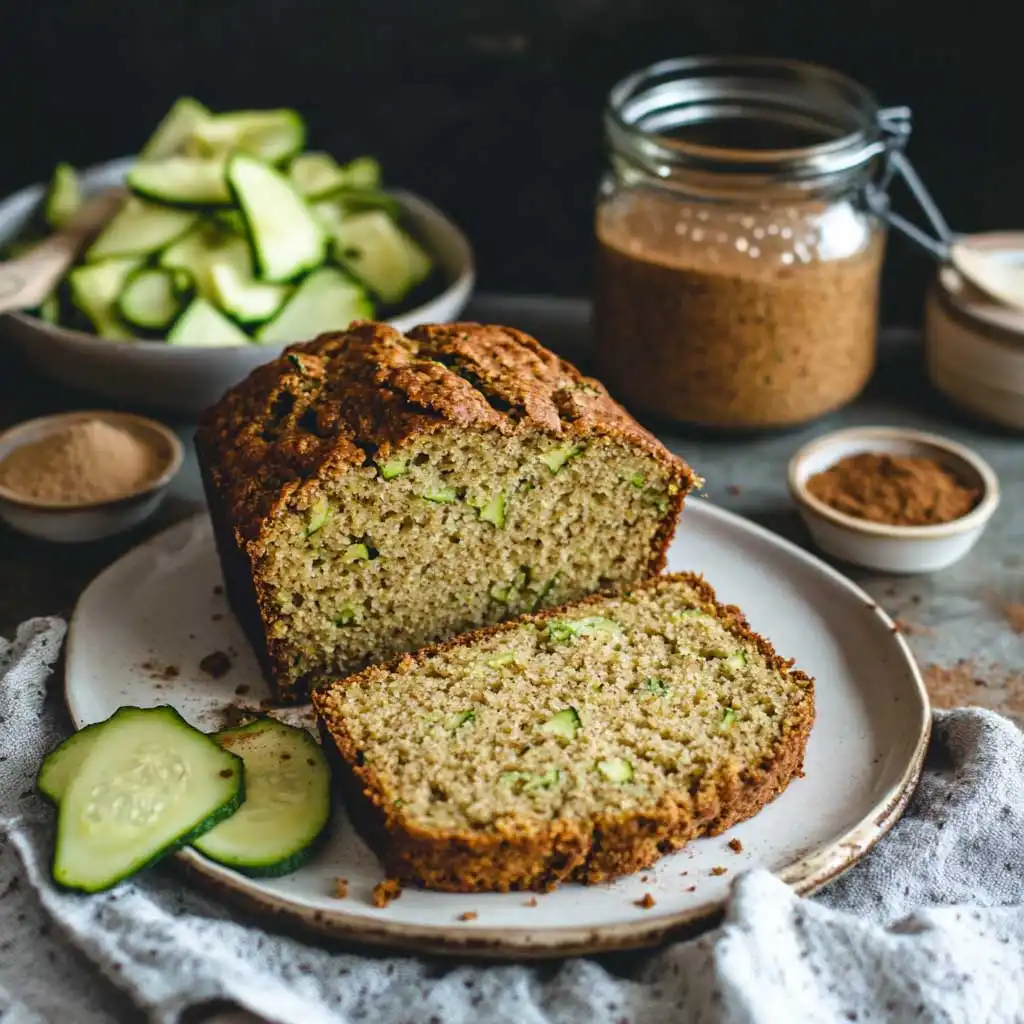Keeping food fresh and preventing waste isn’t just about saving leftovers—it’s about building smarter habits that help your budget, your health, and the planet. With a few food storage hacks and budget-friendly food preservation ideas, you can keep food fresh longer, enjoy stress-free cooking, and make your groceries stretch further. Learning how to avoid food waste doesn’t require fancy tools or complicated routines. Small, consistent habits—like proper storage, smart planning, and quick prep—create lasting change. Let’s explore practical ways to keep produce fresh, reduce waste, and make every bite count in your real-food kitchen.
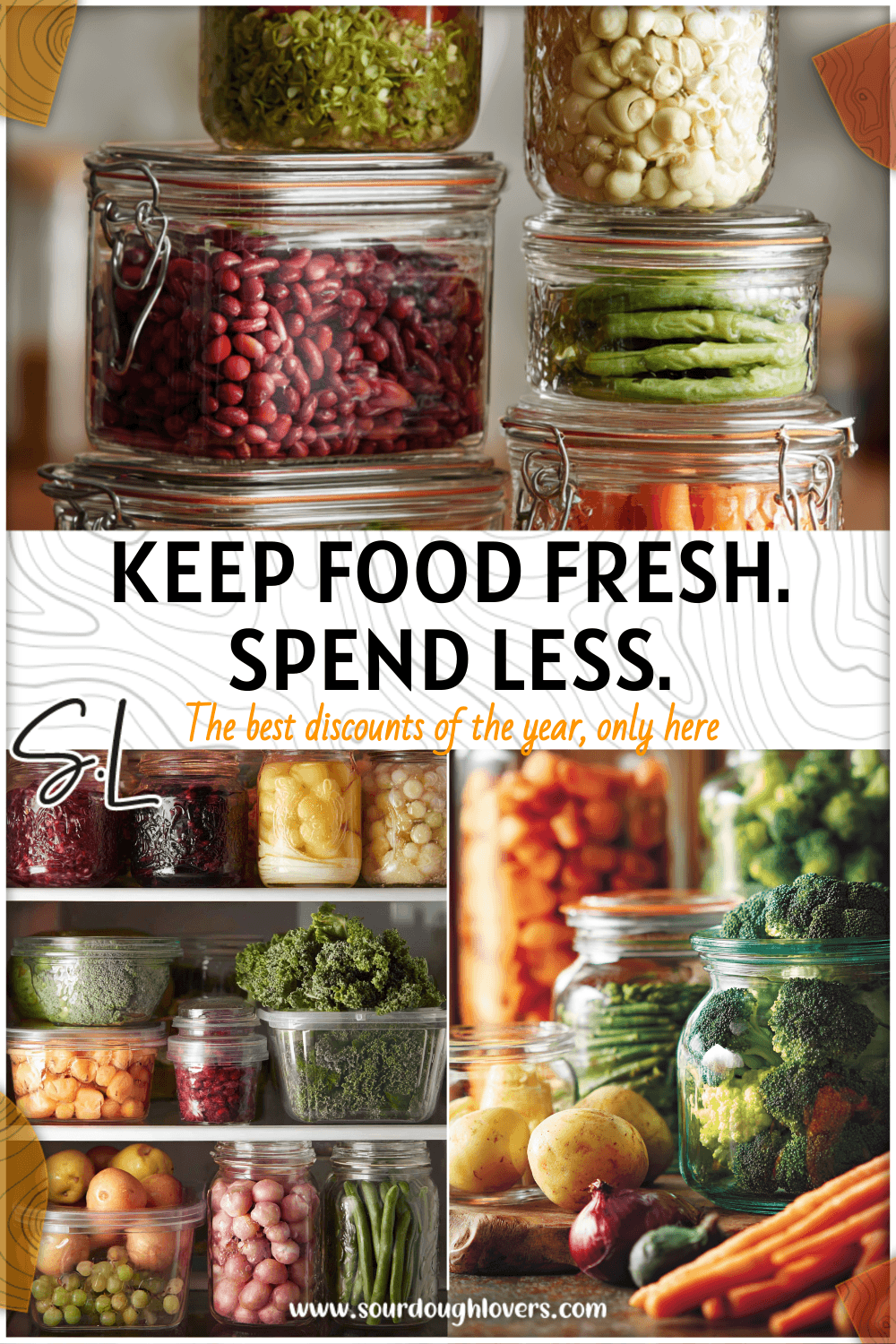
Why Keeping Real Food Fresh Matters
A Personal Wake-Up Call About Food Waste
Ever opened your fridge and found a forgotten bag of wilted spinach or fuzzy strawberries at the back of the drawer? That sinking feeling is all too familiar. It often hits when you realize how much good food—and money—goes straight into the trash. I once tallied up the cost of my tossed groceries for a month and was shocked. It added up to several full meals’ worth of wasted produce and leftovers. That moment became my wake-up call to change how I handled food at home.
When we think about weekly grocery expenses, small losses quickly pile up. If we learn how to keep food fresh, even for just a few extra days, we instantly save money and reduce waste. The secret isn’t buying more but taking better care of what we already have. I started experimenting with simple storage tweaks—like switching plastic bags for airtight containers, wrapping greens in damp paper towels, and labeling freezer items with dates. These quick fixes made a huge difference in how long my food stayed edible.
As I practiced these habits, it became clear: anyone can keep food fresh longer with a mindful routine. Every time we toss spoiled food, we’re not just losing freshness—we’re losing time, resources, and money. Making small shifts in how we store and handle our ingredients can redefine our relationship with food and help us reduce waste dramatically.
Print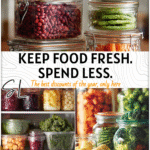
Keep Real Food Fresh & Cut Waste: Simple Budget-Friendly Tips
Description
Learn how to keep food fresh longer with smart storage hacks and budget-friendly preservation ideas to reduce waste and save money.
- Category: food storage
Keywords: keep food fresh, food storage hacks, how to avoid food waste, budget-friendly food preservation ideas, tips for keeping food fresh longer, keep produce fresh
How Small Everyday Choices Help You Keep Food Fresh Longer
You don’t have to overhaul your entire kitchen to make a difference. In fact, the best strategies to keep produce fresh and cut waste often start with simple, everyday choices. For example, washing and drying fruits before storage prevents mold; storing herbs upright in water helps them last days longer; and prepping meals right after shopping keeps your ingredients ready and visible so they don’t sit forgotten.
Even how you organize your fridge matters. Keep delicate items—like berries and leafy greens—in the middle shelves where the temperature is most stable. Use the crisper drawer for produce that prefers slight humidity. By assigning zones for dairy, meats, and leftovers, you not only keep food fresh longer, but also ensure ingredients don’t go bad simply because you can’t see them.
These habits take seconds to apply but transform an ordinary kitchen into one that naturally reduces waste and supports a healthier budget. When you treat your ingredients like an investment, you respect both your time and your wallet. The goal isn’t perfection—it’s awareness. Making one small change today means one less spoiled meal tomorrow.
Practical Food Storage Hacks That Save You Money
Simple Food Storage Hacks That Extend Shelf Life
Keeping food fresh doesn’t require expensive containers or complicated systems. The key is understanding how temperature, airflow, and moisture affect different foods. With a few food storage hacks, you can keep your groceries tasting their best for several extra days—and that means less waste and more savings.
- Use airtight glass containers instead of plastic. Glass containers are durable, nonporous, and help keep food fresh by sealing tightly. They also allow you to see what’s inside, prompting you to use items before they spoil.
- Organize by fridge zones. Store dairy in the coldest area, meats in sealed trays on the bottom shelf, and fruits or vegetables in crisper drawers. Keep ready-to-eat foods at eye level so they don’t get forgotten.
- Wrap produce correctly. Greens stay crisp in containers lined with damp paper towels. Carrots and celery last longer in a bit of water. Bananas should ripen on the counter, then chill in the fridge to keep produce fresh.
- Freeze properly. Label every freezer item with names and dates, squeeze out air, and store in portions to prevent freezer burn and make future meals convenient.
| Food Type | Best Storage Method | Approx. Shelf Life |
|---|---|---|
| Meats & Poultry | Bottom fridge shelf or freezer in airtight container | 2–3 days (fresh), 6–12 months (frozen) |
| Vegetables | Crisper drawer with humidity control | 3–7 days |
| Fruits | Counter until ripe, then refrigerate | 3–5 days after ripening |
| Pantry Items | Sealed jars away from moisture | Up to 12 months |
By applying these tips for keeping food fresh longer, you’ll quickly notice fewer spoiled items and a cleaner fridge. Small adjustments build a low-waste kitchen without new gadgets or extra cost.
Budget-Friendly Food Preservation Ideas for Busy Homes
- Freeze herbs in olive oil. Chop herbs, add to ice cube trays, and cover with oil or melted butter. Frozen cubes create quick flavor for future meals and prevent wilting.
- Make broth from veggie scraps. Save onion skins, carrot tips, and celery leaves in a freezer bag. Simmer later to craft fresh broth—an effortless way to keep real food fresh while reusing scraps.
- Store dry goods tightly. Keep grains, oats, and nuts in airtight jars with a bay leaf to deter insects. Organized storage saves money and reduces overbuying.
- First in, first out. Rotate older foods forward and mark containers with dates. This one-step system keeps track of what to eat soon and helps avoid food waste.
- Revive wilted vegetables. Soak limp greens or carrots in ice water to regain crispness. Soft fruits can be cooked, frozen, or turned into smoothies.
These budget-friendly food preservation ideas transform small efforts into major savings. With everyday materials, you’ll keep produce fresh, manage your time, and maintain a greener kitchen, even on busy days.
Smart Strategies to Avoid Food Waste at Home
Planning Meals and Using Leftovers Wisely
One of the smartest strategies for how to avoid food waste is meal planning. By planning ahead, you buy only what you’ll actually eat and keep food fresh longer. Schedule quick dishes or leftovers for hectic days, and prioritize perishable items early in the week.
Shop strategically: get small quantities of fragile produce like lettuce or berries, and use sturdier vegetables later. This rotation helps keep produce fresh and simplifies your cooking routine. Label every leftover container with the date and reuse within three days. A quick review once a week helps identify what to cook soon, turning fridge “scraps” into future meals instead of garbage.
Dedicate one day weekly to clear out partially used food. Combine small portions into new dishes like soups, salads, or wraps. These changes save money, cut waste, and encourage creativity in your kitchen.
Understanding Expiration Dates and Safe Storage
Misunderstanding expiration dates leads many to throw away good food. Here’s a quick breakdown of what labels mean:
- Sell By: Retail guidance only; most foods remain safe for several days after if stored properly.
- Best Before: Refers to quality, not safety. Flavor or texture may change after, but it’s usually still fine to eat.
- Use By: A safety guideline for perishable foods like dairy or meat—don’t consume after this date.
Keep your fridge between 37°F–40°F (3°C–4°C) and the freezer at 0°F (–18°C). Avoid overcrowding to maintain airflow, and use transparent containers for visibility. In the pantry, store dry goods in airtight jars away from sunlight or humidity. These methods help keep food fresh and extend storage life overall.
| Food Category | Refrigerator Shelf Life | Freezer Shelf Life | Storage Tips to Keep Fresh |
|---|---|---|---|
| Cooked Meals | 3–4 days | 2–3 months | Cool before refrigerating; use airtight packaging |
| Fresh Poultry & Meat | 1–2 days | 6–12 months | Seal tightly; store on bottom shelf |
| Fresh Fish | 1–2 days | 2–3 months | Store on ice or coldest fridge zone |
| Leafy Greens | 3–5 days | Not recommended | Wrap loosely with damp cloth in breathable bag |
| Berries | 2–4 days | 3–6 months | Wash only before eating; line container with paper towel |
| Eggs | 3–5 weeks | Not recommended | Keep in carton inside fridge |
| Bread | 5–7 days | 2–3 months | Freeze slices individually for quick use |
| Dairy (Milk, Yogurt, Cheese) | 5–7 days after opening | 1–2 months (hard cheese) | Store mid-shelf for even temperature |
Understanding date labels and staying organized helps keep produce fresh, cut stress, and reduce unnecessary waste at home.
Frequently Asked Questions
Quick Answers for Everyday Food Storage Questions
1. How do I keep fruits and vegetables fresh without plastic?
Use mesh or fabric produce bags to let air circulate. For herbs or leafy greens, wrap in a damp towel inside a reusable container. These eco options balance airflow and moisture to keep produce fresh longer.
2. What’s the best way to store leftovers safely?
Cool cooked food quickly, within two hours, and refrigerate in shallow glass containers. Label dates and eat within three to four days, or freeze portions. This prevents spoilage and helps reduce waste.
3. How can I reduce waste if I live alone?
Buy in smaller amounts, freeze extra servings, and use ingredients in multiple dishes. Prep grains and vegetables for mix-and-match meals. These small food storage hacks make solo cooking practical and sustainable.
4. How long can cooked food stay in the fridge?
Typically three to four days when sealed in airtight containers at 37°F–40°F (3°C–4°C). Freeze what you won’t eat soon to keep food fresh longer.
5. Are glass containers better for keeping food fresh?
Yes. They seal more effectively, resist odors, and can go from freezer to oven. Though they cost more initially, they last years and help save money through durability and freshness.
Keeping Real Food Fresh Starts with Simple Habits
Learning how to avoid food waste starts with awareness. You don’t need major changes—just a few consistent habits. Label your leftovers, arrange your fridge by use frequency, and follow easy food storage hacks to immediately keep real food fresh and extend your budget.
Every time you store produce properly, reuse scraps, or plan meals, you reduce waste and bring calm order to your kitchen. These budget-friendly food preservation ideas turn simple steps into valuable habits for sustainable cooking.
Pick one new practice today—label containers, freeze leftover herbs, or refresh wilted greens. Soon, you’ll waste less, eat better, and save money each month. Keeping real food fresh isn’t difficult—just intentional. With these techniques, you’ll enjoy longer-lasting ingredients, vibrant meals, and a mindful, waste-free kitchen.










